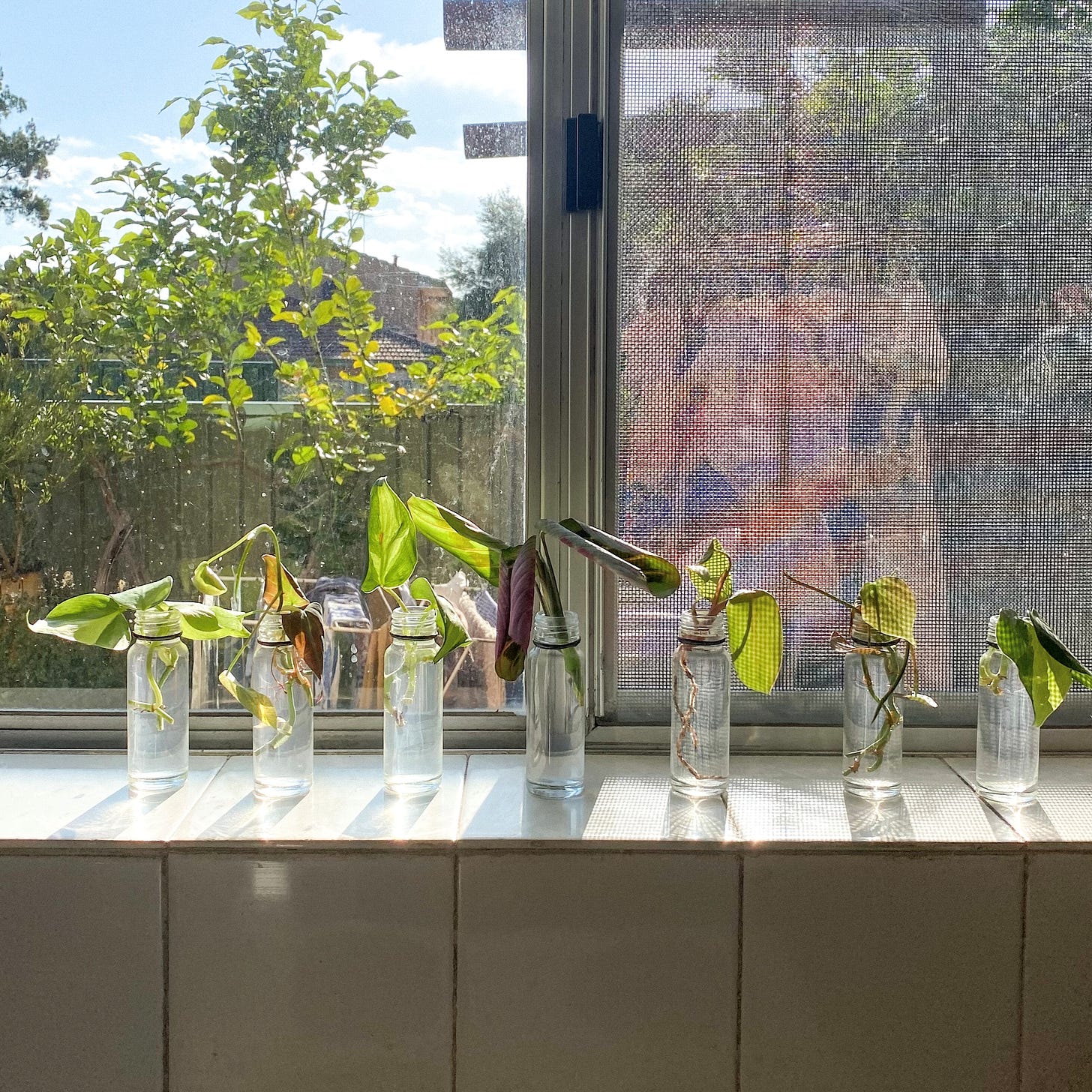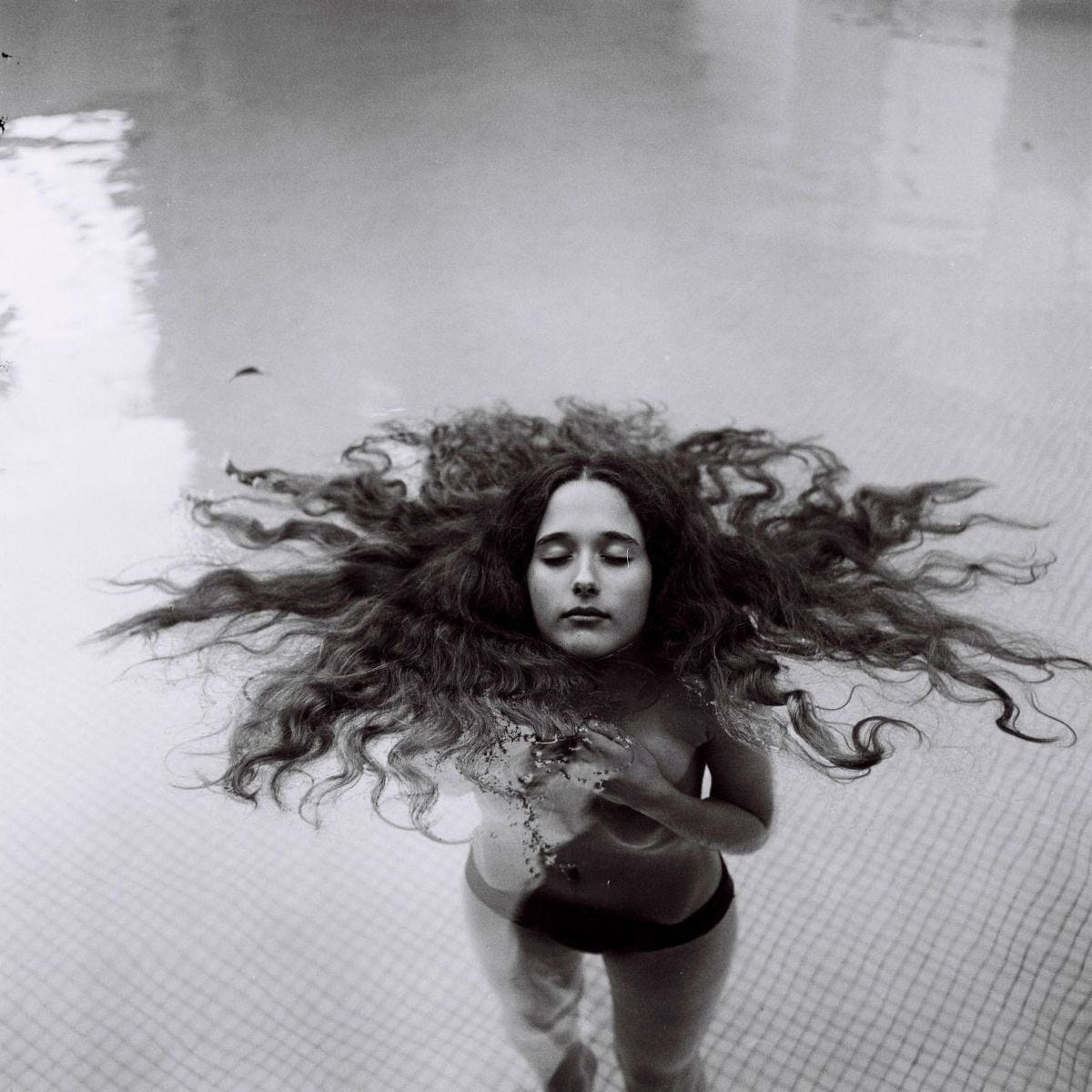Welcome to the second post in a 12-week series dedicated to exploring creativity and artistic identity through Julia Cameron’s 1994 course The Artist’s Way! Whether you are completing the course alongside me, joining us in the future, or here to learn from my insights and reflections, the following series of posts will remain a safe space for discussion and reflection wherever you are in your artistic journey.
Subscribing supports my writing & ensures you don’t miss the next post in this exciting series ❧
In Chapter 2, we unravelled our creative identities with empathy.
“This week addresses self-definition as a major component of creative recovery. You may find yourself drawing new boundaries and staking out new territories as your personal needs, desires, and interests announce themselves. The essays and tools are aimed at moving you into your personal identity, a self defined you.”
Reflecting on Chapter 2:
Reflecting on Chapter 2 amidst the outcome of the Australian Voice Referendum and geopolitical conflicts has taken time, space, and empathy. Empathy for Australia’s Aboriginal and Torres Strait Islander people in the face of a “No” vote; empathy for the Palestinian people in Gaza who face devastation and a lack of international action; empathy as I realised this newsletter would be late and rightfully reminding myself that there are more pressing things for people to be learning about.
Please let this be a reminder that art responds to life and manifests from observation; the time it takes for you to observe, learn, reflect, and create is sacred and capitalism is an impatient beast that needs to discover boredom every so often. It’s going to take me longer than 12 weeks to complete The Artist’s Way and I’m okay with that. It may take you longer too and, if so, I hope you are kind to yourself and honour your journey however it may look.
“Develop interest in life as you see it; in people, things, literature, music — the world is throbbing with rich treasures, beautiful souls and interesting people. Forget yourself.”
— Henry Miller
In Chapter 2, we were asked to question our identities as artists and creatives and to identify the ways we allow our egos and insecurities to contribute to creative blocks. Cameron emphasises the fragility of creative recovery and uses chapter two to highlight some of the ways our recovery can be thwarted.
Between the threat of other blocked artists, tendencies toward self-loathing as opposed to affirmation, and our addiction to fantasy over reality, there was a lot to reflect on. My morning pages are slowly becoming more consistent and I’m genuinely enjoying the ritual of tapping into my stream of consciousness and observing my insights and growth manifest across the page. There’s a peculiar tendency to reach the juiciest realisations on page three (muck shifted, gold nugget revealed) so I’ve become rather excited to see what that third page will hold.
Of particular importance for me this week was acknowledging my lack of creative boundaries. I regularly feel like a shapeshifter. I catch myself adopting other people’s traits and mannerisms, a chameleon doing its best to fit into the desirable mould as defined by Anyone But Me. It begged the questions:
What would I look like if I turned my back?
What would my writing look like?
If I knew no one would read my work, what would I say?
“As blocked creatives, we focus not on our responsibilities to ourselves, but on our responsibilities to others…The essential element in nurturing our creativity lies in nurturing ourselves.”
— Julia Cameron, The Artist’s Way. p. 43
It is difficult to be a “self-defined you” as Cameron puts it. There are so many factors that shape us as individuals. These range from upbringing, our local communities and politics, to religion, unique experiences, and, more recently, the overwhelming influence of social media in cultivating universally shared trends, aesthetics and definitions of desirability.
I find the role of the artist directly challenges the status quo for uniformity or meticulously (and acceptably) curated “difference”. It's a more isolating role of observation, questioning, and, at times, subversion. It’s taking a step back to move the whole thing forward. Or at least try to.
Taking that step back is the hard part. There are so many “shoulds” that get in the way — I should dress more like a, I should sound more like b, I should create as often as c, I should learn to perform like d, I should be doing as well as e, I should be spending more time doing f, I should get better at g before I even try doing h — and so the list goes on and nothing ever gets done.
My favourite writers and artists are unmistakable. They carry themselves with an authenticity I adore and have previously wanted to emulate. My biggest takeaway from this week has been that authenticity cannot be copied and progress cannot be made through comparison. Of course I am creatively blocked; replication is an impossible and uninspiring task.
I am learning to create artistic boundaries where there previously were none. I am practicing introspection where comparison has become muscle memory. I am creating that sacred circle around my artistic recovery.
“As blocked creatives, we are willing to go to almost any lengths to remain blocked…we find it far less threatening than the challenge of a creative life of our own.”
— Julia Cameron, The Artist’s Way, p. 49
Chapter 2 Check-In:
How did you go with your morning pages?
Did you have an artist date this week? What did you do? How did it feel?
What stood out to you this week? Did you learn something new?

As always, I look forward to your responses <3
Til the next chapter,
Caitlin ❧





